/02bc8911-823c-4fd5-bca8-fb62c35d2d9a.png)
Science Fair Background & Report Example: What Should Your Topic & Experiment Include?
Review Rating Score
Sample Science Fair Background
Preparing for a science fair can be an exciting and rewarding experience. One essential component of any science fair project is the background research. In this article, we will provide you with a sample science fair background to help you understand what it entails and how to create your own. At BizzLibrary.com, we also offer a downloadable PDF version of this sample for your convenience.
What is Science Fair Background Research?
The background research for a science fair project involves gathering information and learning about your chosen topic. It provides a foundation of knowledge that helps you understand the subject matter and develop your experiment. Background research is crucial for formulating a hypothesis, designing your experiment, and interpreting your results.
How to Conduct Science Fair Background Research
When conducting background research, it's essential to follow a systematic and organized approach. Here is an example of how you can structure your science fair background:
- Select a Topic: Choose a research topic that interests you and is suitable for your grade level. This should be a topic that can be investigated scientifically.
- Gather Information: Use a variety of resources such as books, scientific journals, reputable websites, and interviews with experts to collect information and data related to your topic.
- Analyze and Summarize: Review the collected information, identify key points, and summarize the relevant facts and concepts. This will help you gain a deeper understanding of your topic.
- Formulate a Hypothesis: Based on your research, develop a hypothesis, which is an educated guess about the outcome of your experiment. The hypothesis should be testable and supported by scientific evidence.
- Design Your Experiment: Once you have a hypothesis, design an experiment to test it. Outline the materials, procedures, and variables that you will use.
- Make Observations and Collect Data: Conduct your experiment, record your observations, and gather data. Ensure that your experiment is conducted accurately and with attention to detail.
- Interpret and Analyze Results: Analyze the data you have collected and draw conclusions based on your findings. Use graphs, charts, or statistical analysis methods to interpret the results.
Download Our Sample Science Fair Background PDF
If you're looking for a sample to guide you through the process, visit BizzLibrary.com to download our comprehensive sample science fair background in PDF format. It covers all the necessary elements, including an example topic, research methodology, hypothesis formulation, experiment design, and result interpretation.
Remember, conducting thorough background research is essential for a successful science fair project. It allows you to gain knowledge, demonstrate scientific thinking, and present your findings effectively. Visit BizzLibrary.com today and access valuable resources to make your science fair venture a success!
Is the template content above helpful?
Thanks for letting us know!
Reviews
Monica Williams(11/7/2023) - DEU
The content really helped a lot.
Last modified
Our Latest Blog
- The Importance of Vehicle Inspections in Rent-to-Own Car Agreements
- Setting Up Your E-mail Marketing for Your Business: The Blueprint to Skyrocketing Engagement and Sales
- The Power of Document Templates: Enhancing Efficiency and Streamlining Workflows
- Writing a Great Resume: Tips from a Professional Resume Writer
Template Tags
Need help?
We are standing by to assist you. Please keep in mind we are not licensed attorneys and cannot address any legal related questions.
-
Chat
Online - Email
Send a message
You May Also Like
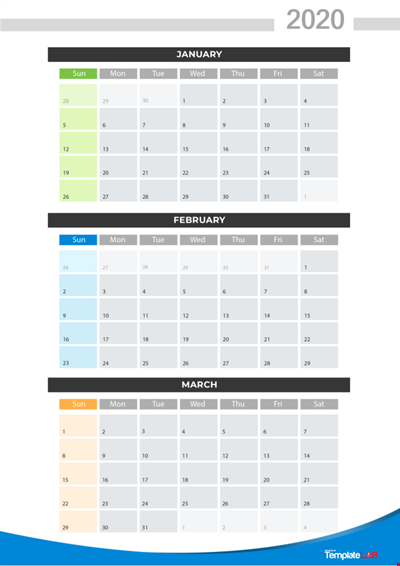
Quarterly sales report, financial performance, revenue analysis, industry trends
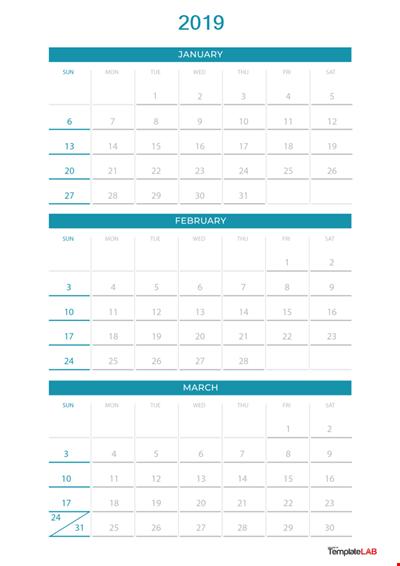
Quarterly Report Templates, Track Finances & Progress
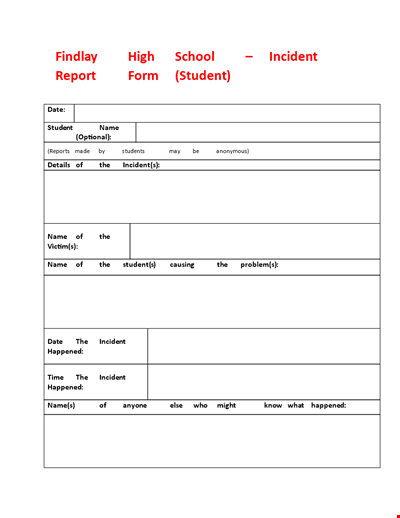
Student Incident Report: High School Incident, What Happened
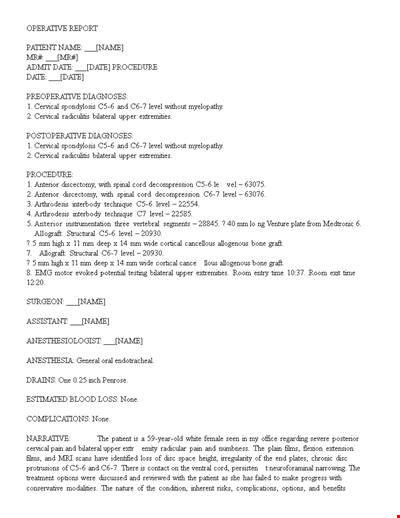
Patient Operative Report Example
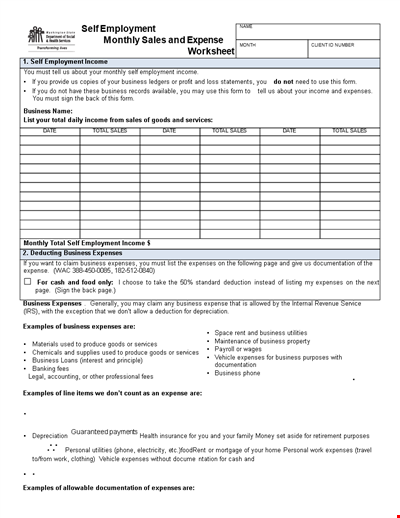
Sample Monthly Sales Expense Report

Annual Progress Report: Amount, Months, Species, Acres
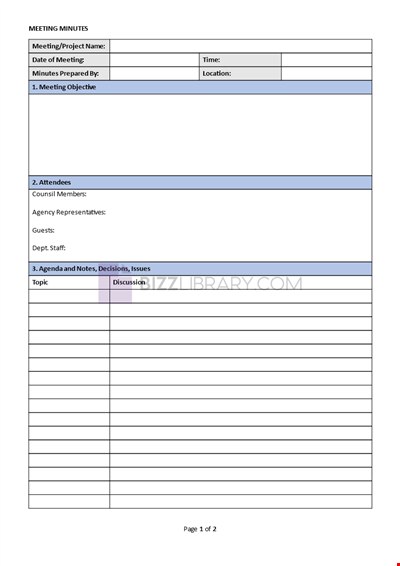
Meeting Minutes Template in Word

Training Feedback Report: Valuable Insights for Students in Industrial Training
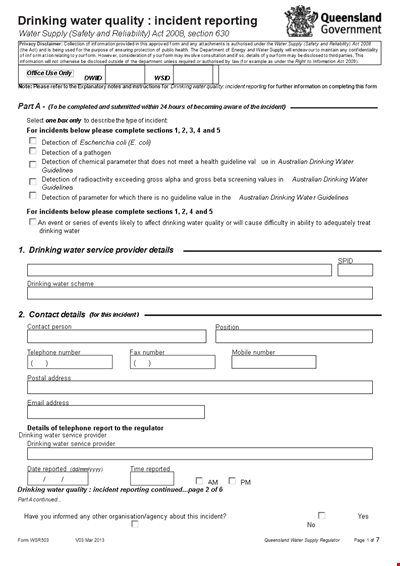
Water Quality Incident Report: Information on Drinking Water Incidents
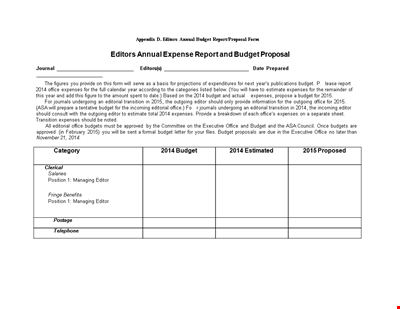
Annual Expense Report Template | Track Expenses, Office Budget, and Editor Costs
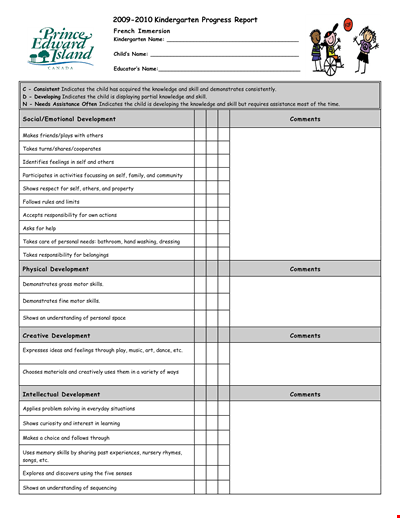
Kindergarten Progress Report Comment: Developmental Comments that Show a Child's Growth

Quarterly at a Glance: Sunday Finals - Key Highlights and Analysis

GBC Annual Report: Church Children Committee & No Annual Statements
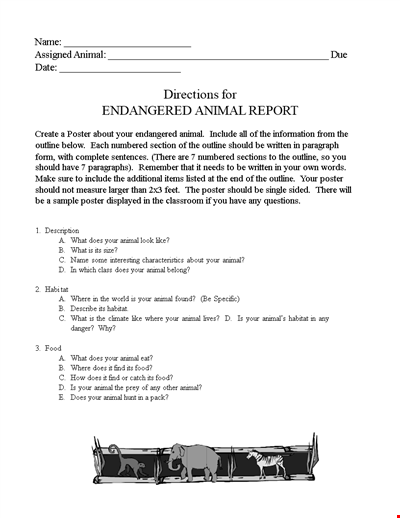
Download Free Animal Report Template | Create an Outline, Poster | Learn about Endangered Animals

School Behavior Incident Report - Document Template for Recording Student Actions

Weekly Sales Report for Company: Boosting Sales with Phone Strategies